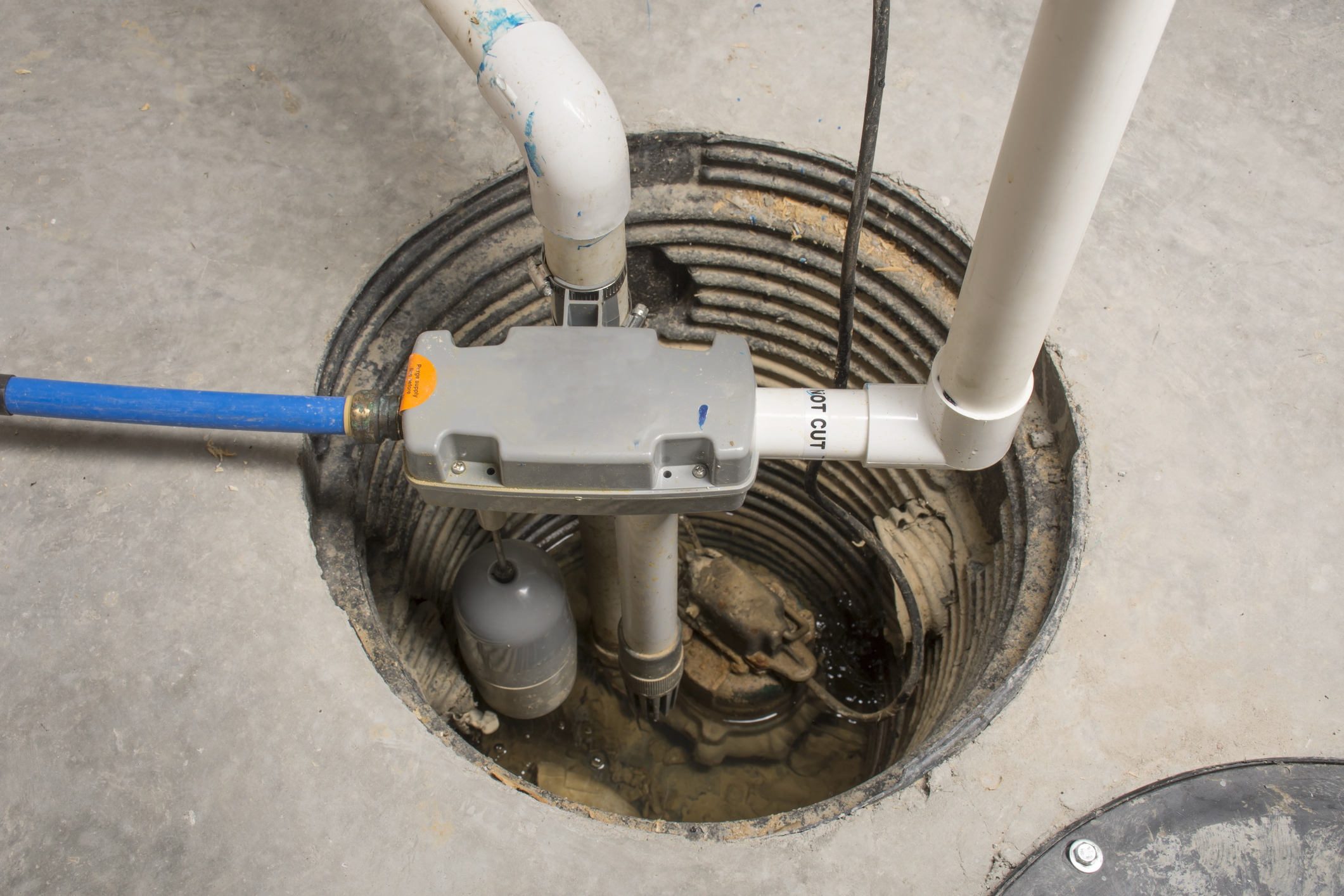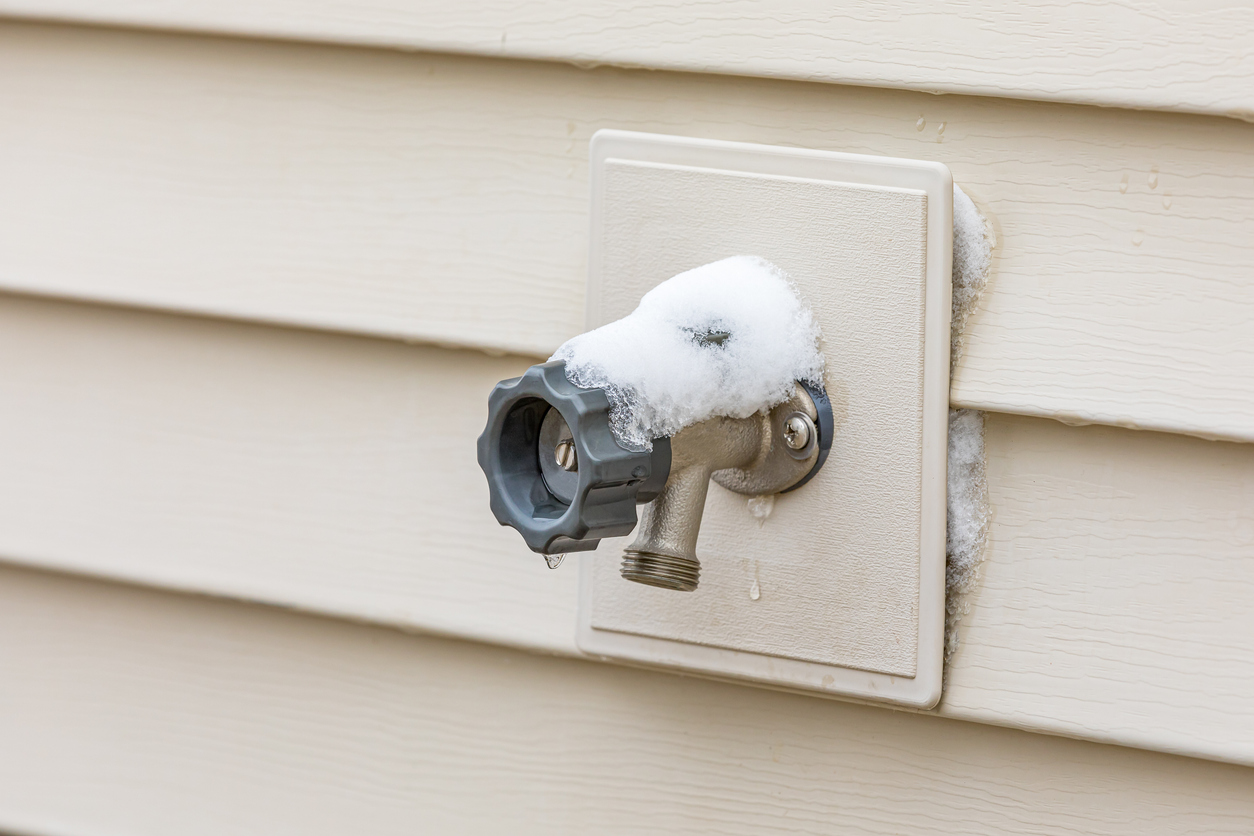When a lift station pump suddenly fails, it can create an urgent and stressful situation for homeowners in Antioch. These systems play a critical role in moving wastewater from lower elevations to higher points, helping your home avoid backups and keep everything flowing smoothly. Without a working pump, waste can quickly back up into your plumbing system, which often leads to messy, unpleasant problems and costly damage.
It doesn’t take long for things to escalate. Sometimes it’s a power issue, other times a clog, or just a mechanical failure that happens without warning. One day everything appears fine, and the next, you’re dealing with strange gurgling sounds or standing water in your basement. Knowing how to respond quickly and effectively makes all the difference when time isn’t on your side.
Immediate Actions to Take When Your Lift Station Pump Fails
If you notice signs that your lift station pump has stopped working, acting fast can help you limit the damage to your home. While you’ll need professionals to handle the repair, there are some basic steps you can take right away to protect your home until help arrives.
Here’s a quick checklist of things to do while you wait:
- Turn off power to the pump if it hasn’t shut off already. Continued power can cause additional system strain or even damage if the pump is jammed.
- Avoid running water in the house. Using sinks, toilets, or appliances can fill the tank even faster, leading to an overflow.
- Check your breaker panel to see if the system tripped a circuit. In some cases, resetting a breaker may restore operation temporarily, but only do this if you’re certain there’s no physical or electrical damage.
- Look for visible blockages in outdoor access points, if accessible. Do not attempt to remove debris using tools or bare hands as this can make things worse or pose safety risks.
- Take note of any unusual signs like foul smells, standing water, or noise when the pump was last running. Sharing these details with our professionals helps speed up the repair process.
While these steps are useful for temporary damage control, they’re no substitute for a complete inspection and fix. Lift station pumps are complex and handle waste under pressure. Trying to fix them without training can lead to property and health hazards. Quick action matters, but handing the issue off to trained technicians is what protects your system for the long run.
Common Causes of Lift Station Pump Failures
Understanding why your pump may have stopped working can give you a clearer picture of what repair might involve. Most lift station pump failures in Antioch homes are caused by a mix of mechanical, electrical, and environmental factors. Some issues are age-related, while others could stem from how the system is used day to day.
Here are a few of the most common causes:
1. Blockages and debris buildup
Too much solid waste or non-degradable materials can clog the pump, preventing it from functioning. Items like wipes, sanitary products, and foreign objects often cause the impellers to jam.
2. Electrical failures
Faulty wiring, failed control panels, or power surges can cut electrical supply to the pump. These problems typically require professional testing to pinpoint and correct.
3. Pump motor wear
As the system ages, pump motors can overheat or lose power. Bearings may wear out, or impellers might degrade, all leading to decreased performance or total breakdown.
4. Float switch problems
The float switch tells the system when to activate. If it sticks, wears out, or breaks, your pump may stop cycling altogether.
5. Weather-related damage
Heavy rainfall or extreme cold can flood the system or freeze components, making operation impossible until repairs are made.
If your pump fails several times or shortly after a repair, it may be signaling a deeper issue, such as improper sizing or unaddressed line damage. These issues are best caught by our technicians as part of a full evaluation. Understanding the root cause is how long-term solutions begin.
How Our Professionals Diagnose and Repair Lift Station Pump Issues
When a lift station pump malfunctions, the issue isn’t always obvious from the surface. That’s why getting the right diagnosis is key to solving the problem quickly and preventing further damage. Once called in, our technicians follow a structured process to figure out what’s wrong and how to fix it.
The first step is a full inspection of the lift station system. This includes checking electrical sources, inspecting float switches, examining the control panel, and verifying power supply to make sure the pump should be operating. If needed, the technicians will safely remove the pump to inspect for internal blockages or mechanical wear.
Depending on what’s found during the inspection, the repair process may involve:
- Clearing debris or blockages using specialized tools
- Replacing damaged float switches that no longer signal the pump correctly
- Repairing or replacing worn-out components like impellers, seals, or motor shafts
- Rewiring or replacing failing electrical parts tied to the control panel system
- Testing the entire setup under load before final reassembly
For example, in one Antioch home, a failed pump was due to a float switch jammed by grease buildup inside the basin. Our technicians removed the switch, cleaned the tank, replaced the switch, and tested the system. The solution prevented further backups and avoided more expensive system damage.
Because these pumps deal with raw wastewater and high-pressure flow, repairs must be thorough and safe. Our professionals have the equipment, training, and experience to move quickly while following code and safety requirements. These aren’t problems to guess through. Reliable repairs begin with clear diagnostics.
Preventive Measures to Avoid Future Lift Station Pump Failures
Solving a current pump failure is important. Keeping it from happening again is just as critical. Lift station pump systems in Antioch homes don’t require daily attention, but they do depend on consistent maintenance habits to keep working as they should.
Simple measures can stretch the lifespan of your system and reduce emergency calls:
1. Schedule regular system inspections
Arrange for annual service to check for developing issues like motor stress, panel wear, or minor clogs that haven’t triggered an alarm yet.
2. Watch what gets flushed
Avoid disposing of wipes, hygiene products, grease, and non-biodegradables. These increase the odds of blockages.
3. Keep an eye on warning signs
Respond quickly to unusual sounds, foul odors, or slower drainage. These may point to early-stage problems you can stop before they worsen.
4. Clear nearby drainage areas
Yard drains and surrounding outdoor plumbing near the lift station should stay clear of roots, leaves, and debris, which can cause overloads and sensor issues.
5. Allow professionals to handle repairs
Even if an issue seems small, lift station systems are not safe for untrained work. Doing it wrong can damage the system or result in serious health risks.
Avoiding breakdowns requires a mix of user vigilance and professional service. There’s no way to guarantee a failure won’t happen, but good habits and scheduled checkups significantly lower the chances.
Ensuring Reliable Plumbing with Prompt Lift Station Pump Repairs
When a lift station pump stops working, the problem doesn’t just stay underground. It affects daily routines, indoor plumbing use, and even property safety. For homes in Antioch, especially during warmer summer months when usage increases, staying ahead of a failing lift station pump can save time, money, and mess.
A breakdown today doesn’t always mean a total system failure, but delays often create larger repairs. Whether it’s an electrical problem, worn-out parts, or something as simple as a tripped switch, getting it checked fast is the best way to protect your home.
Quick responses, accurate repairs, and a solid maintenance plan add up to fewer emergencies and longer service life. When your lift station pump shows signs of trouble, don’t ignore them. Acting sooner opens the door to faster solutions and less damage.
If you’re dealing with system issues or looking to prevent costly damage, professional lift station pump repair in Antioch from Countryside Plumbing Sewer and Septic ensures your home's wastewater system stays efficient and reliable. For a quick estimate or to book a service visit, please contact us today.
Flexible Financing Options
Get the service you need now pay over time with easy, affordable financing plans.

Blogs


Winterize Plumbing: Simple Steps for Homeowners


